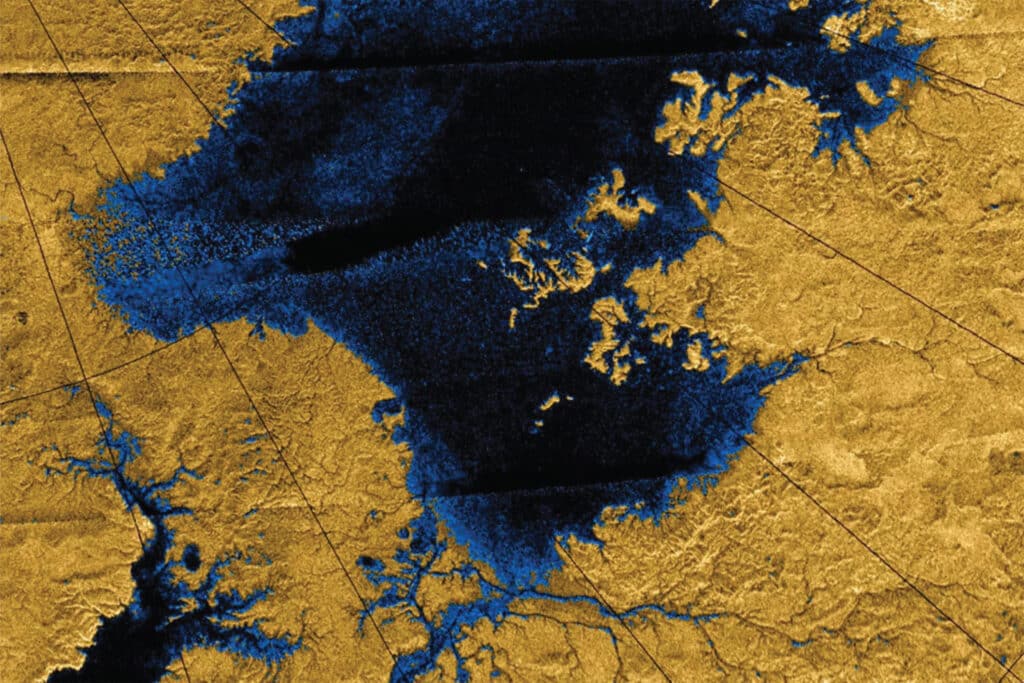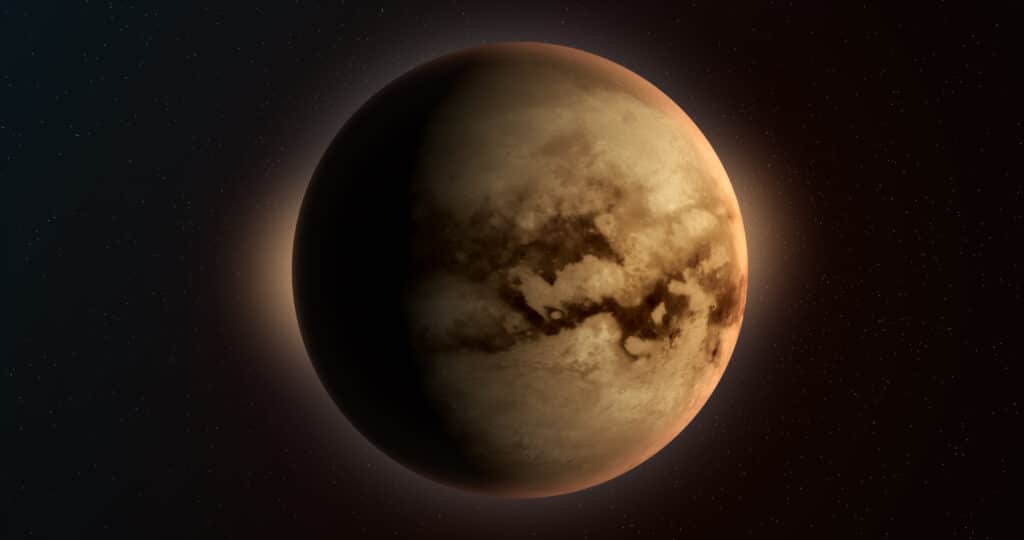The new method allows scientists to estimate the intensity of past rivers on Mars and the current flow of rivers on Saturn’s moon, Titan.
Rivers have long been considered a fundamental feature of Earth’s landscape, but recent research suggests that they have also existed on other celestial bodies within our solar system. Scientists from the Massachusetts Institute of Technology (MIT) have developed a groundbreaking technique that enables them to explore the flow rates of ancient rivers on Mars and the present-day rivers on Titan, Saturn’s largest moon.
Using satellite observations, the MIT geologists can estimate how fluid and sediment move downstream in rivers. By applying their new method, the research team calculated the speed and depth of rivers in specific regions on Mars over a billion years ago. They also made similar estimates for the currently active rivers on Titan, despite the challenges posed by the moon’s dense atmosphere and distance from Earth.
“What’s exciting about Titan is that it’s active. With this technique, we have a method to make real predictions for a place where we won’t get more data for a long time,” explains Taylor Perron, the Cecil and Ida Green Professor in MIT’s Department of Earth, Atmospheric and Planetary Sciences, in a statement. “And on Mars, it gives us a time machine, to take the rivers that are dead now and get a sense of what they were like when they were actively flowing.”
The study originated from the researchers’ curiosity about the rivers on Titan. NASA’s Cassini spacecraft had captured images of the moon’s rivers, which surprisingly lacked fan-shaped deltas at their mouths, unlike many rivers on Earth. This observation led the team to investigate whether Titan’s rivers lacked the necessary flow or sediment to create deltas.
To understand the flow rates of rivers on other celestial bodies, the scientists built upon the work of co-author Gary Parker, who had developed mathematical equations to describe river flow on Earth. Parker’s equations revealed universal relationships between a river’s physical dimensions—such as width, depth, and slope—and its flow rate, accounting for variables like gravity and sediment properties.
This breakthrough allowed the team to estimate river flow on Mars and Titan, even with limited measurements. While Mars has been extensively observed by multiple orbiters, Titan’s remote location provides fewer images and elevation measurements. Therefore, the researchers had to rely on characteristics that could be measured remotely, such as width and slope.

By adapting Parker’s equations to work solely with width and slope inputs, the researchers tested their modified equations on 491 rivers on Earth, confirming their accuracy. They then applied these equations to Mars, specifically examining ancient rivers leading into Gale and Jezero Craters. The predictions suggested that these rivers had flowed for extended periods, potentially lasting long enough to support life.
In a comparison with field measurements taken by NASA’s Curiosity and Perseverance rovers, the team verified the accuracy of their equations for predicting sediment size on Martian riverbeds.
Shifting their focus to Titan, the researchers analyzed two locations where river slopes could be measured, including a river flowing into a lake similar in size to Lake Ontario. Astonishingly, most rivers on Titan lack the expected fan-shaped delta deposits, despite their calculated flow rates and sediment-carrying capacities. This finding implies the existence of unknown factors influencing the formation of river deposits on the moon.
Moreover, the team’s calculations revealed that Titan’s rivers should have a wider width and gentler slope compared to rivers on Earth or Mars carrying the same flow rate, highlighting the moon’s Earth-like qualities.
“Titan is the most Earth-like place,” says first author Samuel Birch. ”We’ve only gotten a glimpse of it. There’s so much more that we know is down there, and this remote technique is pushing us a little closer.”
The research received support from NASA and the Heising-Simons Foundation, marking a significant advancement in our understanding of the geological history of Mars and the current dynamics of rivers on Titan. The MIT team’s innovative method promises to unlock further insights into the evolution of planetary landscapes beyond Earth.
The research is published in the Proceedings of the National Academy of Sciences












